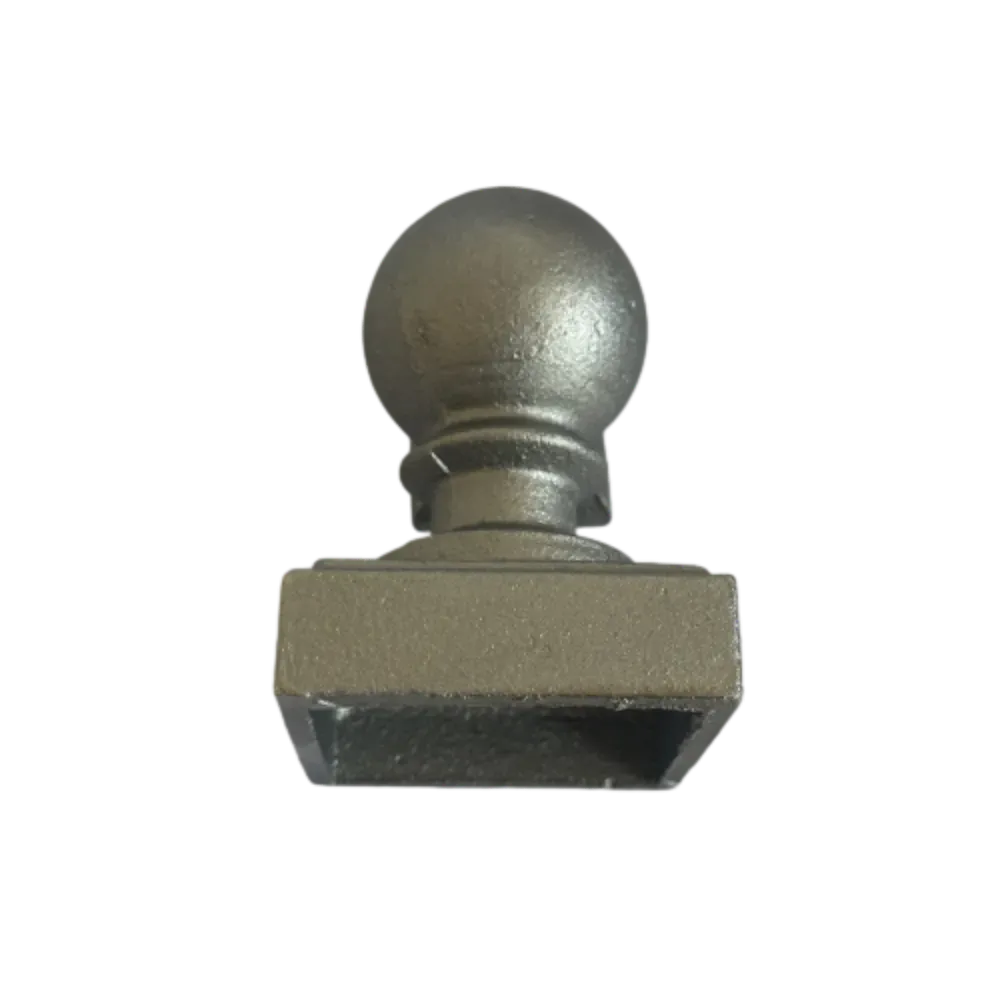Understanding the Types and Techniques of Iron Casting Patterns for Efficient Production
Iron Casting Patterns An Essential Tool in Metalworking
Iron casting is a fundamental process in the manufacturing and metalworking industries, allowing for the creation of complex shapes and components. Central to the casting process is the pattern, which serves as a mold for the molten iron. Patterns play a crucial role in determining the final characteristics of the cast product, including its dimensional accuracy and surface finish. This article explores the significance of iron casting patterns, their types, materials, and best practices for their use.
Understanding Iron Casting Patterns
Patterns are replicas of the final product to be cast, made from various materials to withstand the casting process. Their primary function is to form the cavity into which molten metal is poured. When the metal cools and solidifies, the pattern is withdrawn, leaving a mold that dictates the form of the final product.
Types of Patterns
1. Solid Patterns These are single-piece patterns made from wood, metal, or plastic. Solid patterns are simple to manufacture but may not be suitable for complex designs due to the need for draft angles and undercuts.
2. Split Patterns Comprising two or more parts, split patterns allow for easier removal from the mold. This type is ideal for more intricate shapes that require precise detailing and can minimize the risk of damage to the pattern.
3. Loam Patterns These are made from a mixture of clay and sand, used primarily in large castings. The loam is molded around a core to create the pattern, which is often less durable than other types but useful for one-off castings.
4. Match Plates This pattern consists of a plate holding two or more patterns. It simplifies the molding process, allowing for quicker production of molds by streamlining setup and reducing errors.
5. Cores While not patterns themselves, cores are often used in conjunction with patterns to create internal cavities within the cast products. They are typically made from sand and help achieve complex internal shapes.
Materials for Patterns
The choice of material for patterns is critical and depends on several factors including the type of casting process, the volume of production, and the geometric complexity of the intended part
. Common materials includeiron casting patterns

- Wood Traditionally the most common material for patterns, wood is easy to work with and cost-effective for small runs. However, it can warp or deform with moisture exposure.
- Metal Metal patterns, typically made from aluminum or steel, provide enhanced durability and dimensional stability, making them suitable for high-volume production runs.
- Plastic Rising in popularity, plastic patterns are versatile and can be molded into complex geometries. They offer resistance to wear and moisture, although they may be more costly than wood.
Best Practices for Pattern Making
To ensure optimal results during the iron casting process, several best practices should be followed
1. Precision Engineering Patterns must be made with high precision to ensure that the final castings meet the required specifications.
2. Include Draft Angles Incorporating draft angles into the pattern design facilitates easier removal from the mold and minimizes casting defects.
3. Consider Thermal Expansion Patterns should be designed considering thermal expansion, as materials tend to expand when heated.
4. Testing and Iteration Prototyping and testing patterns can help identify issues early in the process, allowing for refinements before committing to production.
Conclusion
Iron casting patterns are vital in the casting process, influencing not just the dimensions but also the quality of the final product. Understanding the types of patterns, materials, and best practices is essential for manufacturers looking to enhance efficiency and quality in their metalworking operations. As technology evolves, the methods and materials used in pattern making will continue to develop, paving the way for more innovative casting solutions.
-
Window Lock Handle for Security UpgradesNewsJun.20,2025
-
Proper Lubrication Techniques for Sliding Gate WheelsNewsJun.20,2025
-
Ornamental Iron Castings for Interior DesignNewsJun.20,2025
-
Creative Ways to Decorate Around a Cast Iron FireplaceNewsJun.20,2025
-
Cast Iron Pipe and Fitting for Plumbing SystemsNewsJun.20,2025
-
Cast Iron Panel Casting for Architectural ElementsNewsJun.20,2025















